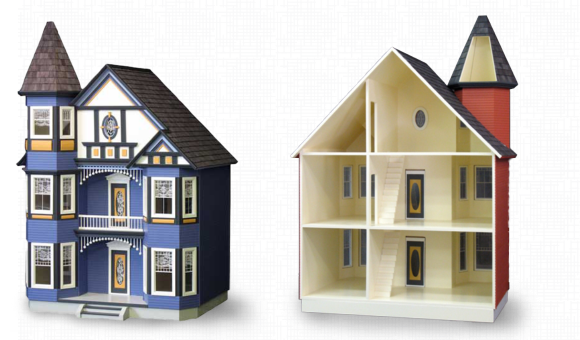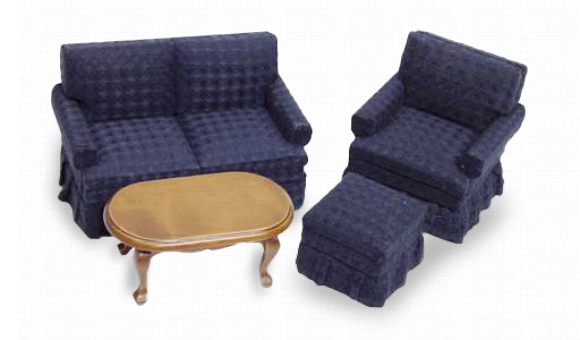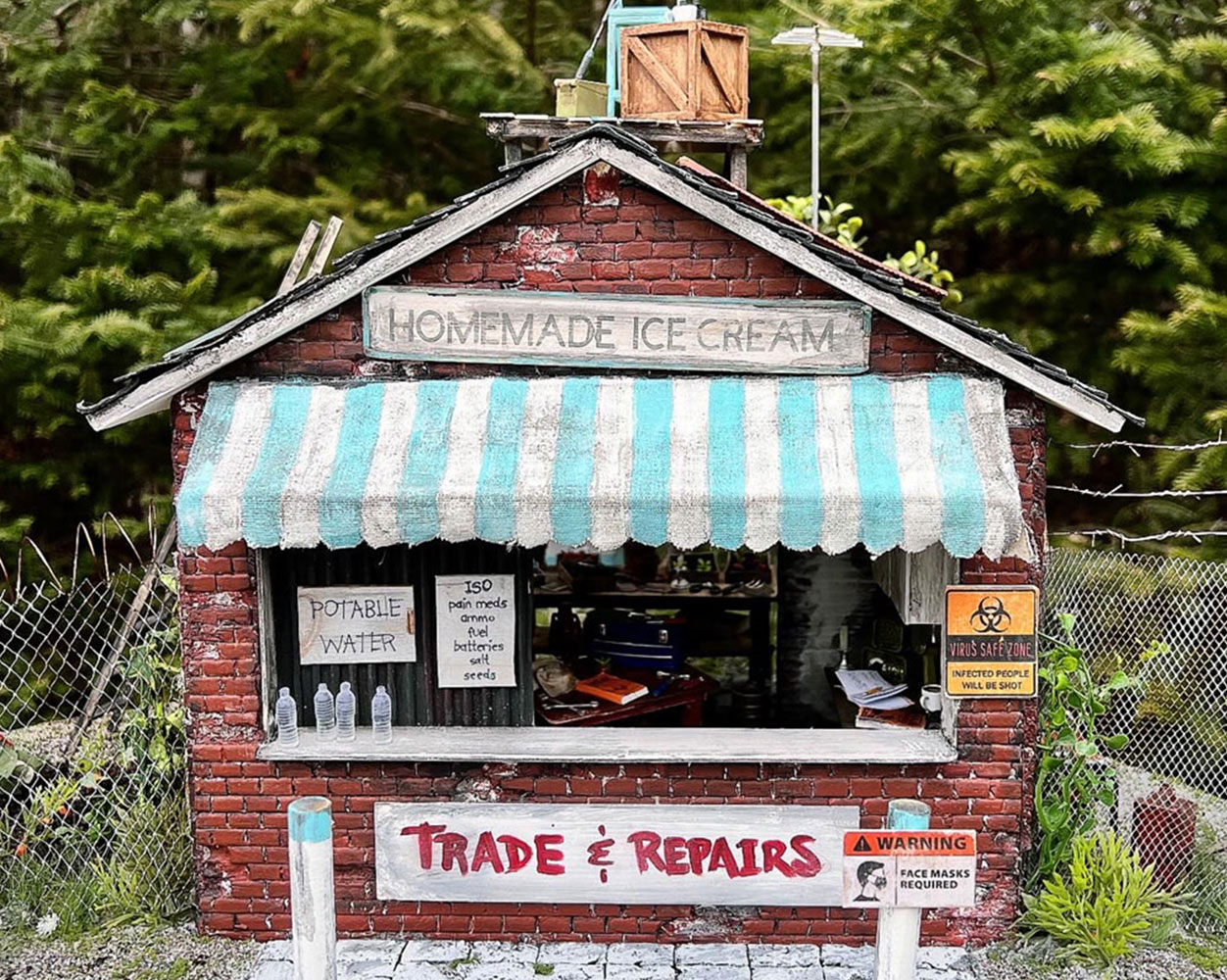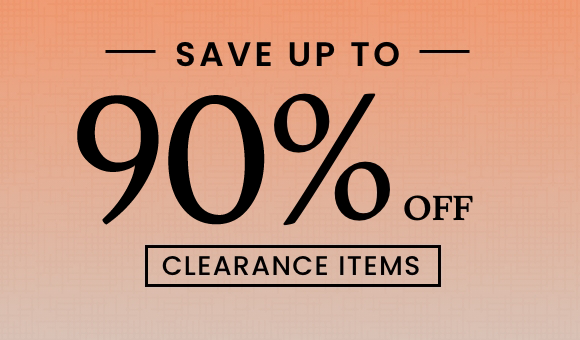Before starting any miniature project, you must have the right tools. A fishing tackle box is excellent for keeping all your tools organized. The small divisions, drawers and divided trays that open out are the perfect size for your dollhouse tools. Start with a small tackle box and before long you will be moving on to a larger one. It seems you never have enough tools and are always adding something more. That is the reason for getting larger tool boxes. The smaller one is then used to transport the basic tools to miniature clubs or workshops. (See Pictures #1 & 2)
The Basic Tool Box
The basic tools listed below will help you complete any miniature project. They are a combination of tools suggested by miniature clubs and workshops, as well as supplies I have discovered over the years spent in the miniature business.
- Small and large scissors
- Curved pointed tweezers
- Tooth picks
- Straight pins
- Artists brushes, several sizes
- Monoject "Glue Gun" filled with a good white glue (Weldbond<)
- Pencil, sharp or mechanical
- Ruler, small plastic and metal
- X-Acto® Knife and #11 blades
- Band-Aids®
- Wire cutter or nail clipper
- Needle nose pliers, short, 5", 5" with wire cutter
- Hammer, Swiss mini hammer
- Masking tape and scotch tape
- Emery board or fine sandpaper (could use Corded Filer/Sander)
- Miter Box and Saw for miniatures
- Small "C" clamps and spring clothes pins
- Pin vise
- Mini Drill, (Assorted Drill Bits)
- Single-edge razor blades,
- Foam meat tray (to glue on)
- Small wood or plastic block (to cut and pound on)
- Clean rag or paper towels
- Wax paper
Workshop Tools
The tools listed below are not absolutely necessary, but they will make your project easier to complete, as well as more successful.
- Scroll saw
- Tool belt
- Sander drill press
- German miter cutter
- The Chopper Light with a magnifying glass (could use Miter-Rite)
- A good table light as well as overhead light
The Monoject Syringe
How to fill a Monoject syringe to use as a glue gun:
- Pull out the plunger and put your finger over the point (hole).
- Turn the Monoject upright or tilt it slightly to the side, fill with any white or carpenter's glue to the letters "oj" on the cylinder.
- Put the plunger back in, turning the Monoject upright, and let the glue fall back on the plunger. Push the plunger to remove the air that is between the glue and the plunger. You will lose a little glue as you "burp" the monoject.
- Place a piece of toweling over the end to catch the glue.
- The glue gun makes a very fine line and tiny dots, eliminating the need for a toothpick.
- While you are using the glue gun, take a small glass or discarded yogurt container and put a wet paper towel in the bottom of the container. Then put the glue gun point down on the wet towel. This procedure prevents the gun from drying out while in use.
- When you are finished, take a stainless steel straight pin (like the ones that come in men's new shirts with the steel ball on the end) bend it so that it "curves," and put in the end of the Monoject. Now the Monoject will be ready to use the next time you need it. Keep a separate glue gun filled with each type of glue that you use.
- To refill the Monoject, rinse out with hot water and repeat the instructions for filling.
Glues
There are a variety of glues with diverse applications. Ask any miniaturist, and you'll get an opinion on the best glue to use, no matter the application. After much testing, the following list was developed. It should help you decide which glue is best for your project.
Quick Grip
An all purpose adhesive with super fast strength and strong permanent bonds that are waterproof. It is not a contact adhesive, and you apply it to one surface only. Because of the consistency, it does not cause warpage, making it good for applying clapboard and flooring.
Bond 527 by Bond Adhesives
A clear glue that works on dissimilar objects. Great for gluing all hardware to wood pieces, because it dries clear. Also, this glue is excellent for making lycopodium miniature Christmas trees, wreaths and garlands.
Super Wood Glue by 3C or Sand-n-Stain Wood Glue
A yellow glue designed for gluing wood to wood. This is excellent for putting dollhouses together. Also can be used for shingling. It does not dry clear.
Sobo by Slomons or Weldbond or Instant Grrrip by Bond
White glues that are thicker, tack well and dry clear. These glues are good for shingling, fabrics and miniature projects. May also be used for assembling dollhouses.
Minigraphics Wallpaper Mucilage
An excellent wallpaper paste that contains silicone, which allows prolonged use. It dries clear and is water soluble. This glue is superb for the printed miniature wallpapers and will also work well for the prepasted real wallpapers. Use it straight from the jar.
Yes Glue
Yes glue is good for applying wallpaper, carpet and flooring. This glue has been around for many years and is a favorite of bookbinders. Use straight from the jar, or mix it with warm water to a consistency of pancake batter, applying it to the paper with a 2" poly foam brush.
Wheat Wallpaper Paste
This is the wallpaper paste that professional wallpaper hangers use to hang life-size wallpaper. It is particularly good to use with the mini print regular wallpaper that is available in the miniature industry. Much of this paper is prepasted, but works better if it is also applied with wallpaper paste. Note: Never use white glue or rubber cement as a substitute for wallpaper paste.



